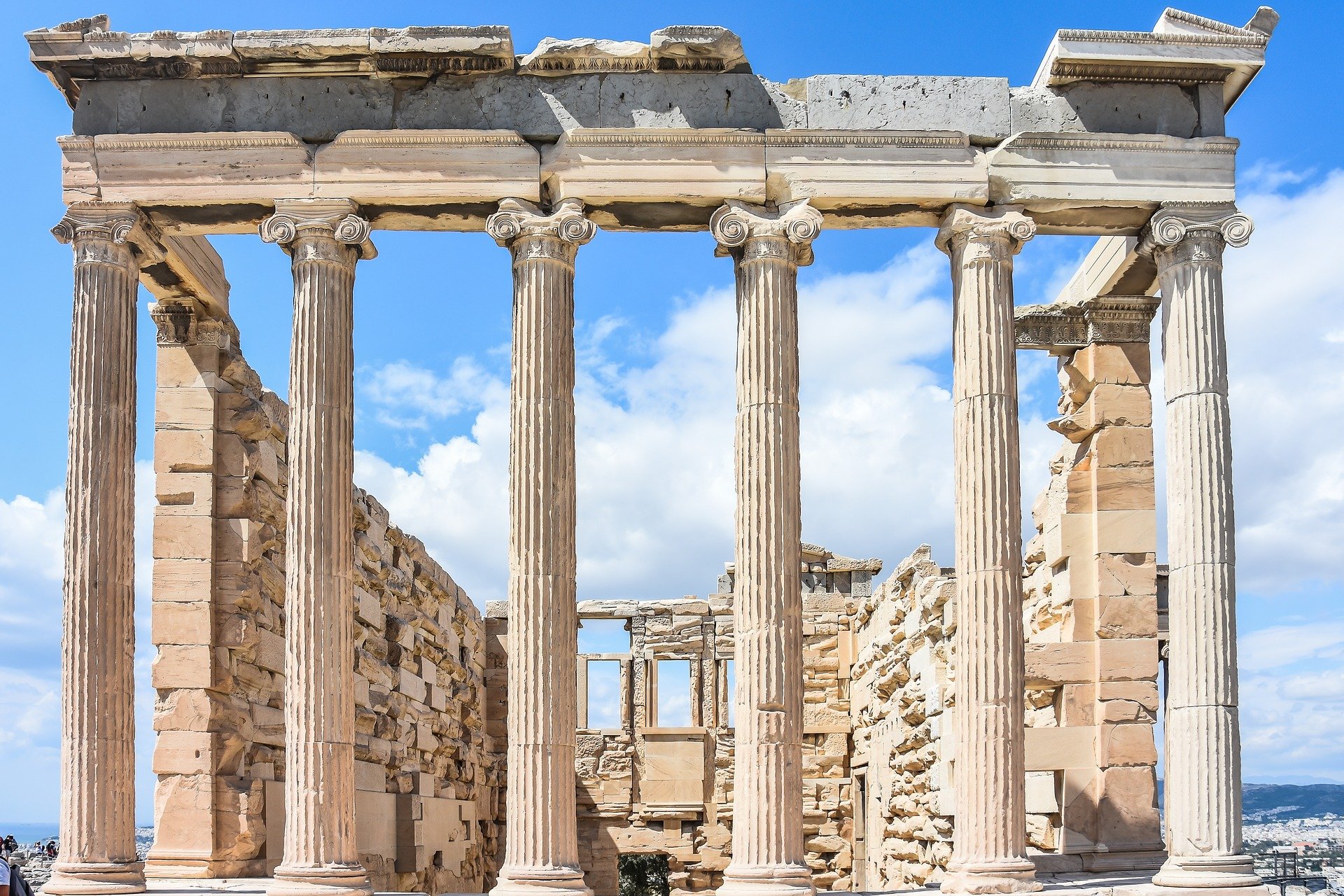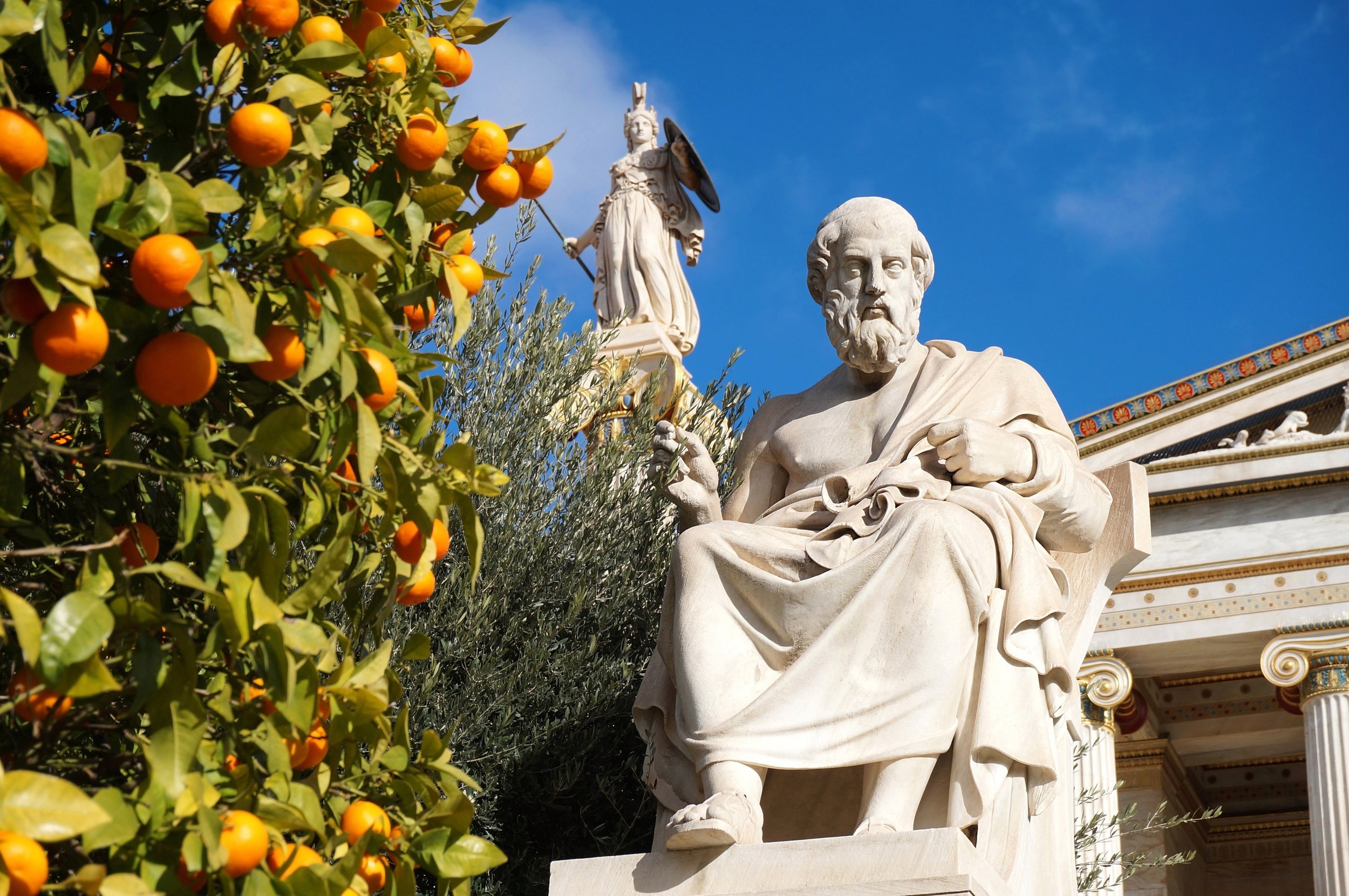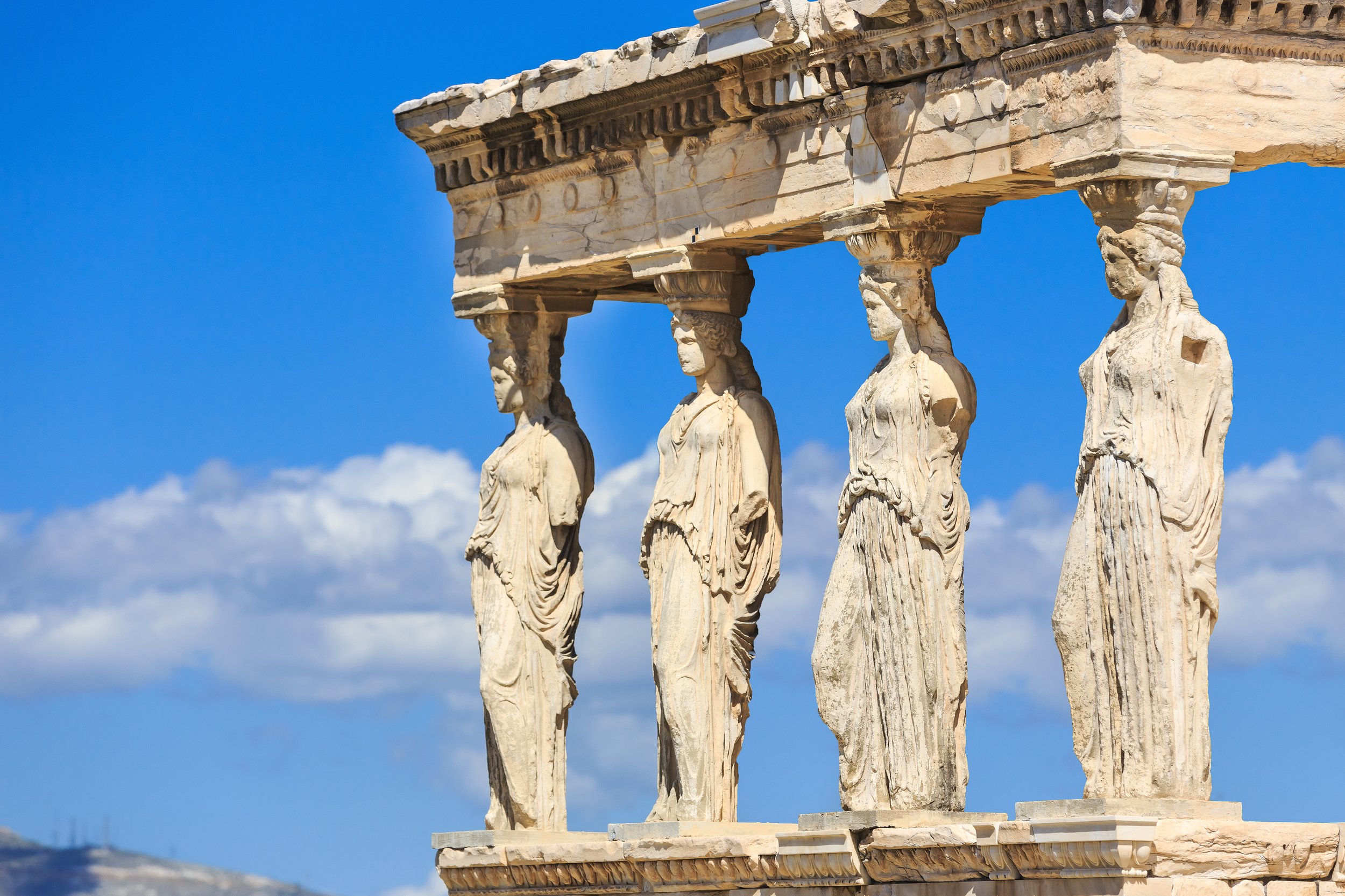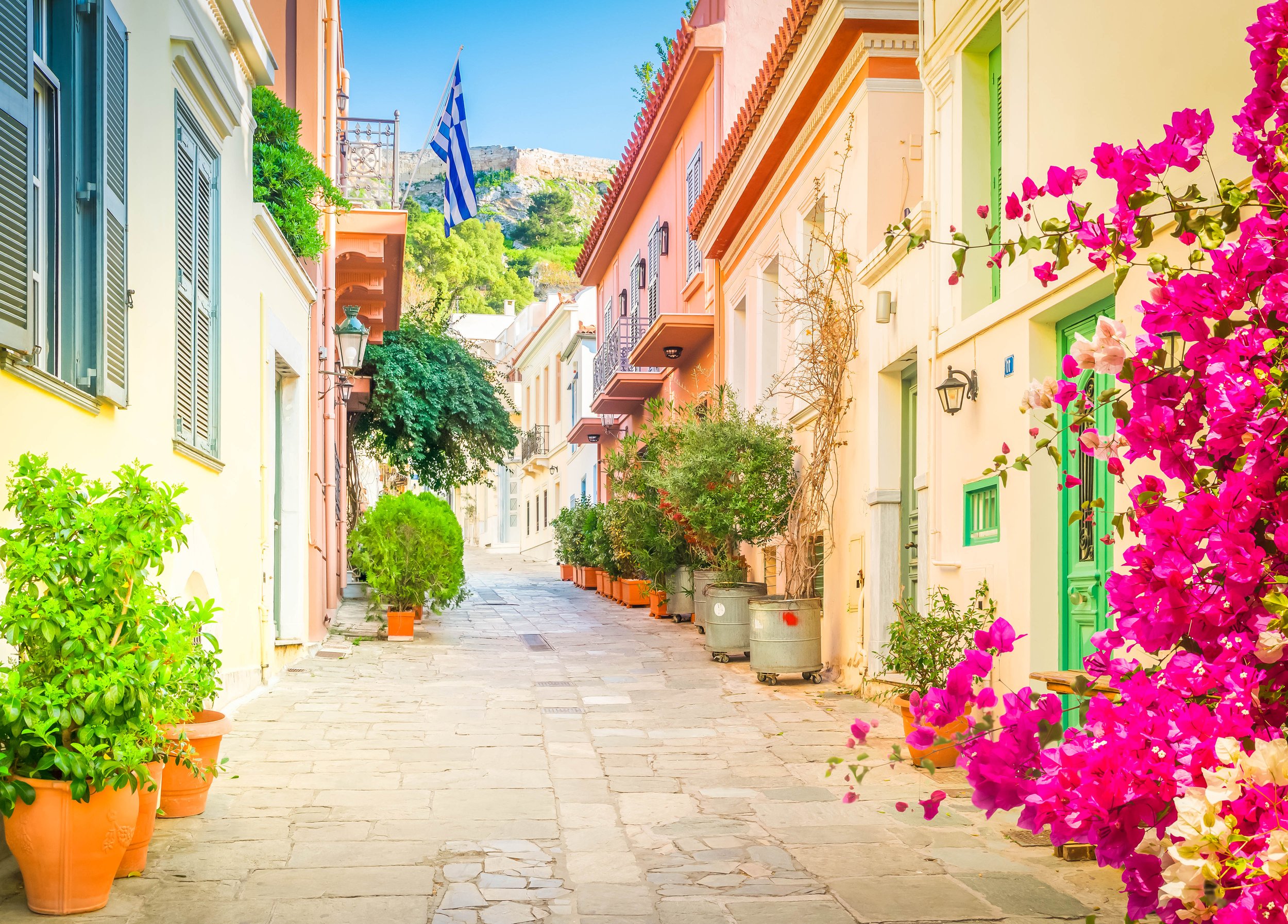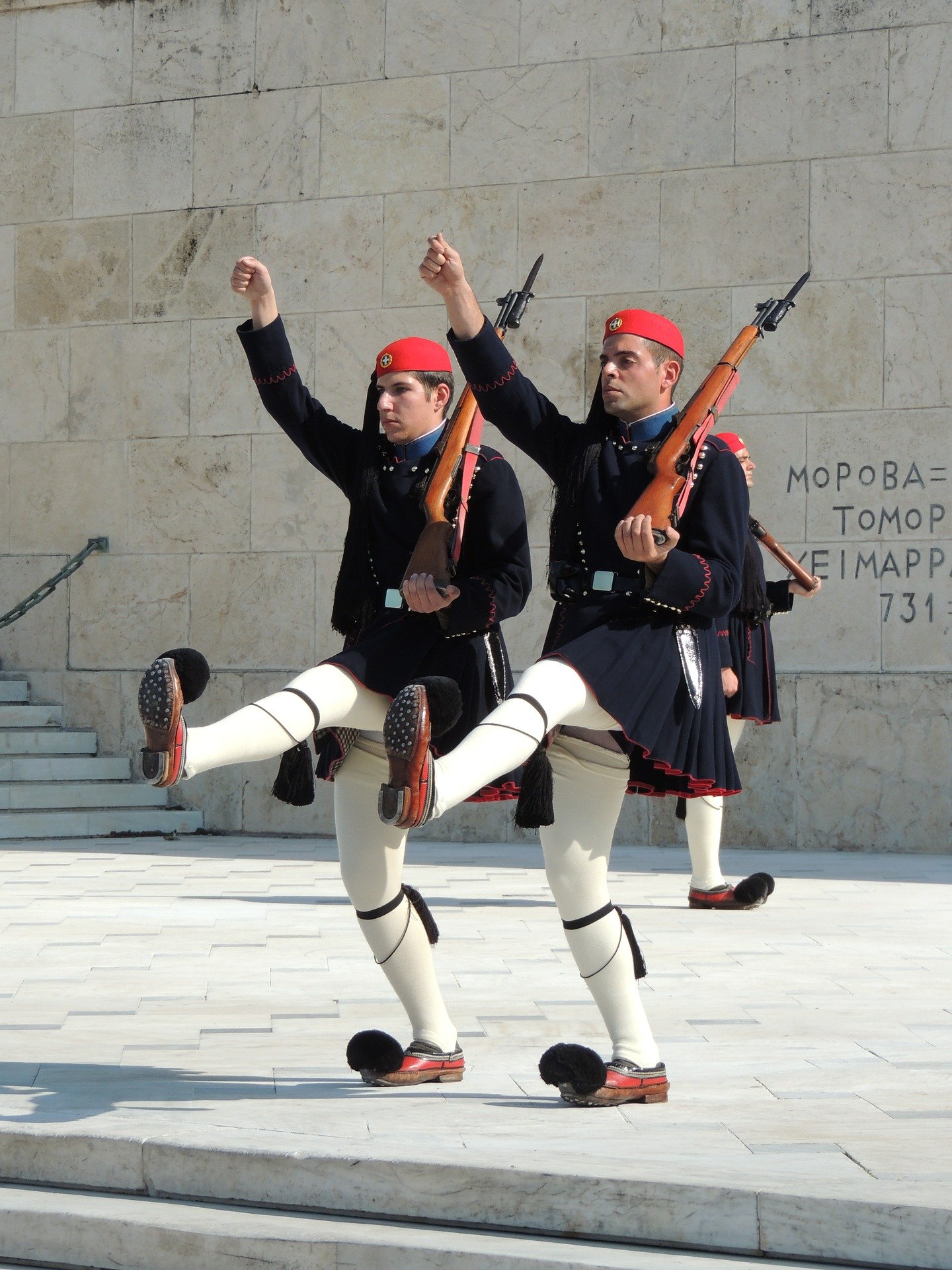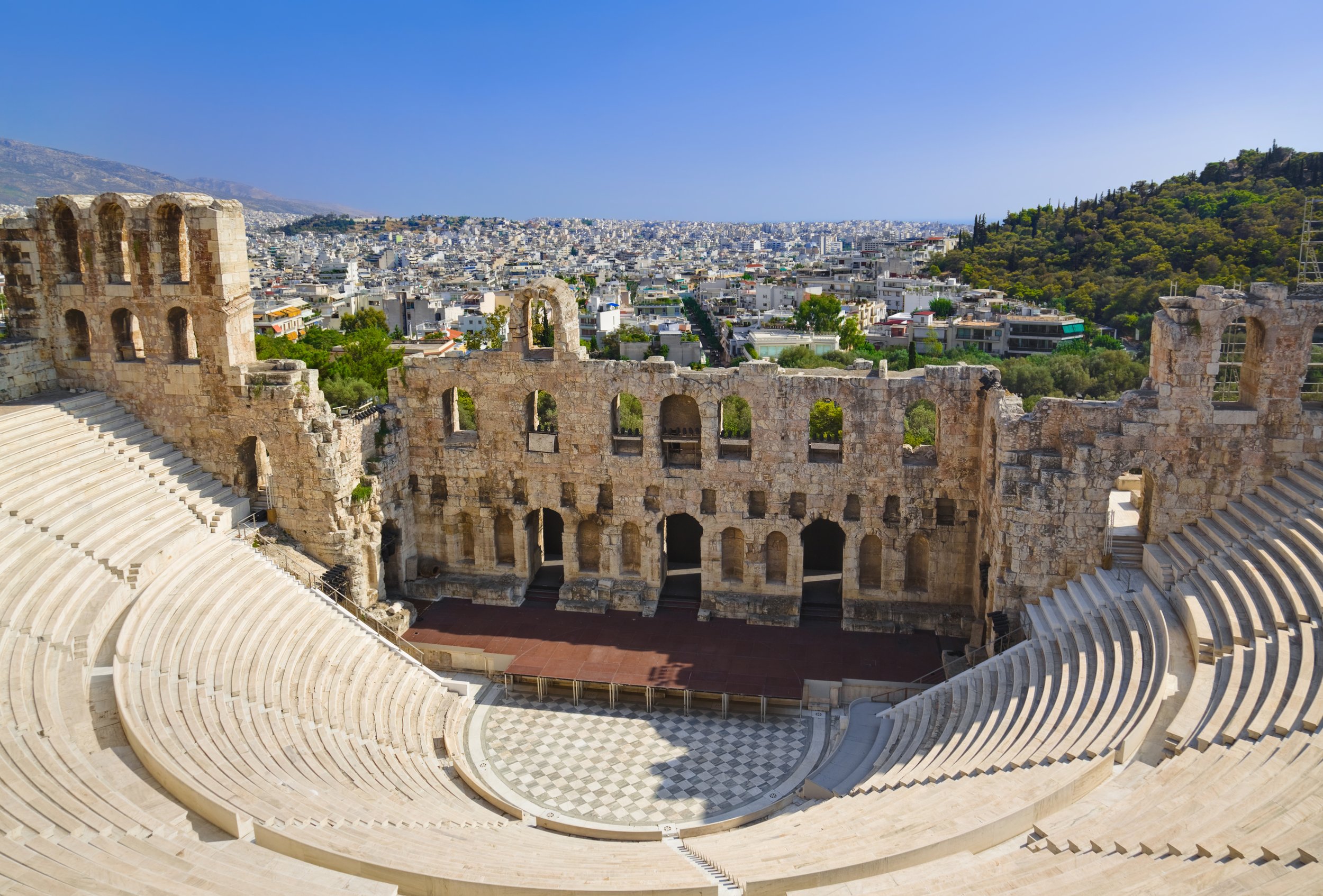Amazing Athens
Walking in the footsteps of Socrates and Plato, Norah Casey visits Europe’s oldest capital city and discovers the epicentre of European culture is now a thriving metropolis.
Parthenon on the Acropolis
Athens was a complete revelation. With one of the world’s most renowned archaeological sites as a draw, Europe’s oldest capital city and the Acropolis was already on the bucket list. What I didn’t expect was a thriving bustling city with hipster hotels, cool restaurants and buzzy bars. Even better, some brilliant beaches are less than an hour away. The ancient foundations of Athens are still ever present. The beautiful distinctive columns of the Acropolis and the Parthenon stand guard on the hilltops above the city, impossible to miss especially as bars, restaurants and hotels are strategically designed to make the most of the iconic symbol of Athens. We spend days wandering through the ancient cobblestone streets of Plaka (the old town), stumbling upon Byzantine churches, archaeology sites and ancient ruins before heading to Athen’s Riviera and a newly opened exclusive beach resort.
When classics meet cool
In Athens you are walking in the footsteps of giants - Socrates, Aristotle, Plato and more. On the foothills of the Acropolis I stood on Mars Hill where St Paul the Apostle delivered his famous sermon to the Athenians. The layers of history, evident not just in the magnificent edifices of its landmark archaeological treasures, but also in the culture, gastronomy, arts and language of ancient Greece. There is so much beauty in Athens but there are also the urban scars of a city emerging from a severe recession with emergency bailouts and the wholesale closure of its banking system in 2015. Athens is still raw from those harsh times but there is a vitality about the city as it emerges from the dark years. Tourism has exploded to record breaking levels, over 33 million visitors last year, which has led to a surge in new hotel openings. Former industrial zones are transforming into cultural havens with formerly ancient derelict buildings now home to the coolest nightclubs and bars. Old meets new, not in a garish clash of time and place, but like it was the most natural thing in the world. Even in the most sacred of spaces and timeless wonders you will find street art, perhaps less like the curious creative kind that mushroomed in other European capitals, more a jagged reminder of a generation who haven’t fared as well as their ancient predecessors. There is a raw unbridled energy, totally unexpected in this, the birthplace of democracy, the origins of the modern day Olympic games and the city which gave us the marathon. And of course Athens also gave the world the gift of the Huffington Post or at least the co-founder and former editor-in-chief Arianna Huffington.
Stay Longer
There is so much history, art, archaeology and architecture packed into Athens that it is worth more than a weekend break. We stayed a week to capture the city and the beaches but even then we didn’t do a fraction of the many wonders of the city. We completely missed the flourishing cultural nightlife, not surprisingly the birthplace of theatrical performance has over 100 theatres and we only had time for the major museums. Set aside pre conceived notions of Souvlaki and Ouzo, I went with a list of quirky cocktail bars, hidden away night clubs and great foodie haunts. There is so much more to do in Athens than you might imagine.
Hot Hot Hot
Normally not worth mentioning the weather but Athens is scorching in summer months and it is hard to find much street shade. In fact the hottest temperature ever recorded in Europe was on July 10, 1977 in Athens with a high of 118.4 °F and it is consistently hotter than anywhere else on the continent. After two trips to the Acropolis it was often unbearably hot on the exposed hillside (with long queues) and unsurprisingly it sometimes closes in the afternoon due to the heat. Head out early in the morning and plan to be somewhere cooler over the lunchtime period.
The Goddess
But for the wisdom of Athena in offering the city the gift of an olive tree Athens might well be called Poseidon after the God of the Sea. In the battle over who would become patron of the city he offered the gift of a horse (or water) and the rest is history. You name it, Athens has been there. The only city to experience every form of government over the centuries including monarchy, democracy, socialism, capitalism and communism.
The Acropolis of Athens
One of the world’s most famous archeological sites is unmissable and cited as the number one reason visitors flock to Athens. It certainly lives up to the hype. When the sun dips below the hills the illuminated Acropolis and the iconic Parthenon are even more magical. Rooftop dining on our first night with a stunning view of the creations of the Golden Age of Pericles was incredible and I couldn’t understand why other diners were just chatting and eating away while we stared in awe at this ancient marvel. We realised the next night, and the night after, virtually wherever you are in the city you will see the Acropolis. This timeless treasure so beautifully preserved is part of what makes Athens such a different experience to other capital cities. Book in advance and head out early (8am open) for an up close and personal visit to the monument and as you ascend the hill look out over the old Theatre of Dionysus, which could hold up to 17,000 people. I am fortunate to have a classics-mad son who is better than any guide at bringing ancient ruins to life, but if you don’t have a Dara it is definitely worth adding the audio tour to your ticket price (€20) The Acropolis stands on the Sacred Rock (a marble block) and you enter through the Propylaea, the grand entrance to the Parthenon. But spare some time for the lovely Temple of Erectheion with the Porch of Maidens. As the sun rises the marble columns are resplendent so bring plenty of sun factor and a great camera.
Other attractions
Athens is teaming with things to see and do but if time is limited then catch the changing of the guards in Syntagma Square (also called Constitution Square), visit the Tomb of the Unknown Soldier, enjoy the musicians and people watching. Athens is a walking city and we were clocking up easily 10 kilometre a day. Don’t miss Anafiotika, a pretty flower-filled Cycladic village on the slopes of the Acropolis. A visit to the Panathenaic Stadium where the first Olympic Games took place, The Temple of the Olympian Zeus and Hadrian’s Arch should all be on the list. There are tons of museums but a must see is The Acropolis Museum and the excavations beneath. Here you can explore ancient mosaic-lined houses and whole neighbourhoods complete with bathhouses. Also take a stroll around the Roman Agora and the Temple of the Winds, said to be the world’s first weather station, which opened a few years ago after 200 years of restoration.
Monastiraki and Plaka
Rambling through the pretty streets of Plaka and the Monastiraki flea market in the old town is a wonderful way to soak up the ancient city. Yes it is touristy and crowded at times but there are lots of little quiet lanes and tavernas off the beaten track. The flea market is great for shopping and coffee breaks and nestled between the tea shirts and souvenir shops there are some beautiful craft and jewellery design shops tucked away. The heart of Plaka is the Ancient Agora, a meeting place where the voices of saints and scholars once rang out across the crowds.
Dinner at Lycabettus
By far the best view of the city is from Lycabettus Hill, the highest point in Athens. I booked dinner at the upmarket Orisontes Restaurant for sunset and headed up early as the funicular can get busier the closer to sundown you get. It is a stunning panorama of Athens all the way to the Aegean. There is a beautiful whitewashed church, Agios George, at the top where we went to light candles (all welcome). By the time we emerged crowds had gathered to wait for the city’s most stunning treasures to be illuminated. The Acropolis, Temple of Olympian Zeus, Panathenaic Stadium and Ancient Agora are all lit up nightly. We escaped for a cocktail as the crowds queued to descend and then took our table on the edge in the restaurant. A lovely experience but plan ahead as it gets really busy and make sure you ask for a table with a view.
City beaches
We were keen to escape the urban hustle with a break at the beach and in just 30 minutes we hit the sea. This is where city dwellers come for evening swims and weekend breaks. There are no private beaches on this stretch so you just bring a towel and dive in. We were possibly the only tourists but we really enjoyed the neighbourhood restaurants (half the price of Athens) and long walks. In the evening we headed to the posher Paleo Faliro on Flisvos Marina to gawk at the luxury yachts and sample the many and varied seafront restaurants. Great sunsets, the local park has an outdoor cinema and a huge playground.
Getting there
I still marvel at being able to fly direct so it was easy and a little bit magical to board in Dublin and land in Athens less than four hours later. Aer Lingus flies direct Tuesday, Thursday and Saturday during the summer months


